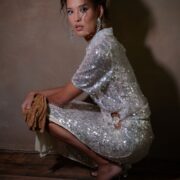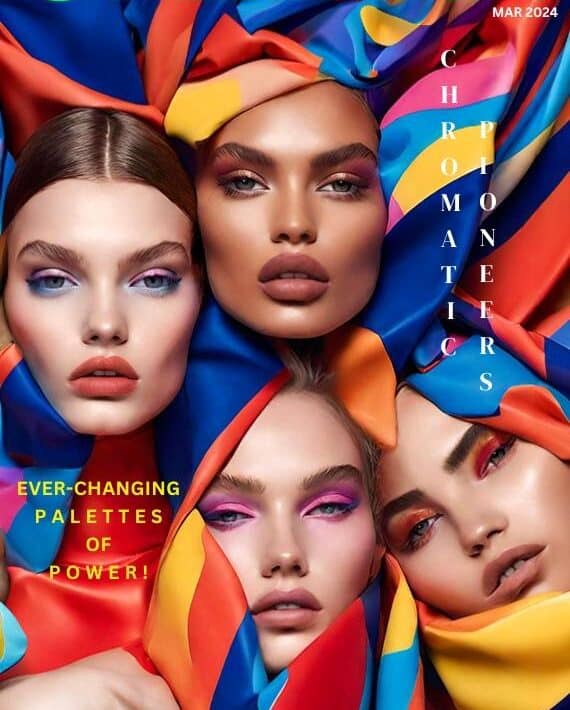Afrofuturism & Sculptural Fashion: The Art of Dressing for Tomorrow

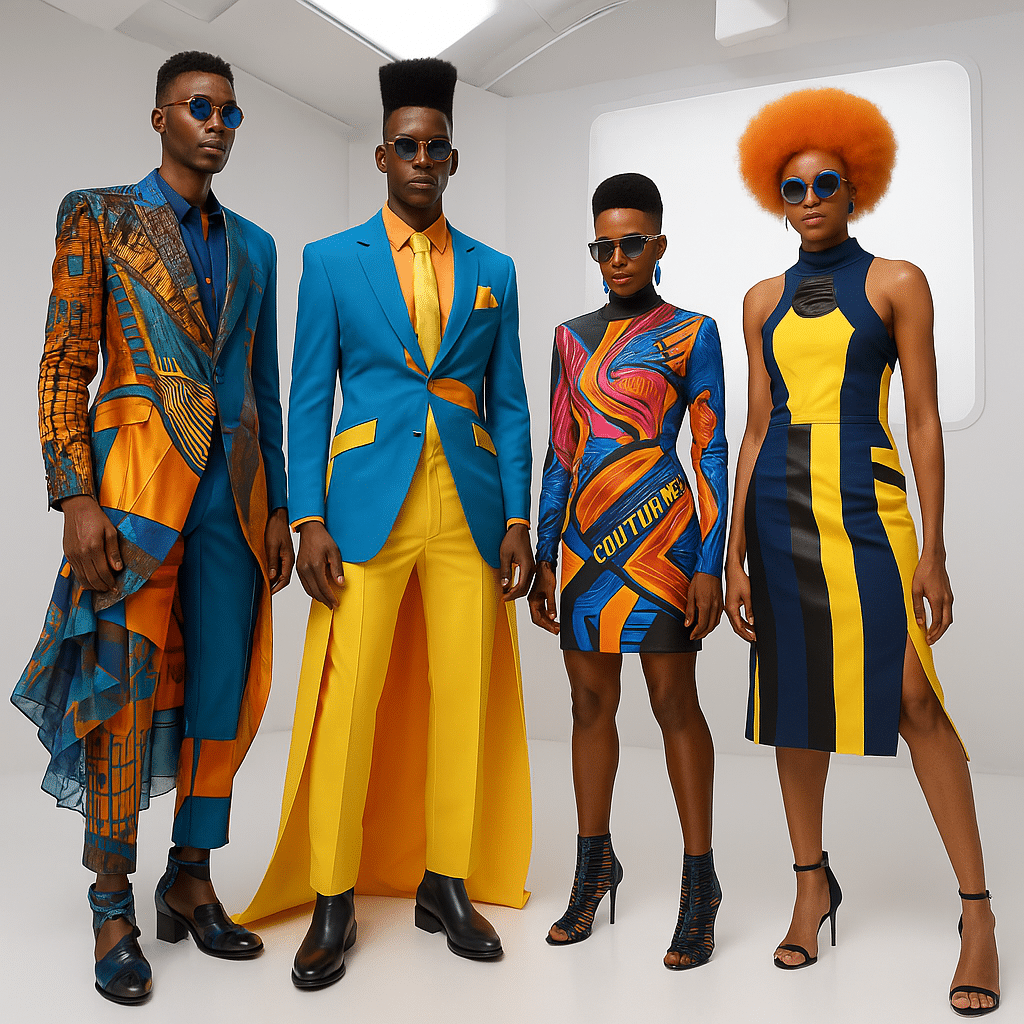
In a time when the lines between art, culture, and technology are constantly blurring, one movement continues to challenge what fashion can look like and who gets to define the future: Afrofuturism.
It’s more than an aesthetic. It’s a lens. A way of seeing ourselves, “African people”not only as part of the future, but as designers of it. And in fashion, that lens often takes form in bold, sculptural silhouettes, clothing that doesn’t just fit the body, but tells stories, raises questions, demands space.
When I think about sculptural fashion through an Afrofuturist lens, two designers come to mind immediately: Rich Mnisi and Loza Maléombho.
Rich Mnisi doesn’t just design clothes, he builds worlds. His pieces are emotional architecture, rooted in heritage and shaped by memory. His collection featured undulating shapes and padded curves that echoed the softness of muscle, the tension of protection. It wasn’t just fashion; it was armor, intimacy, and sculpture all at once.
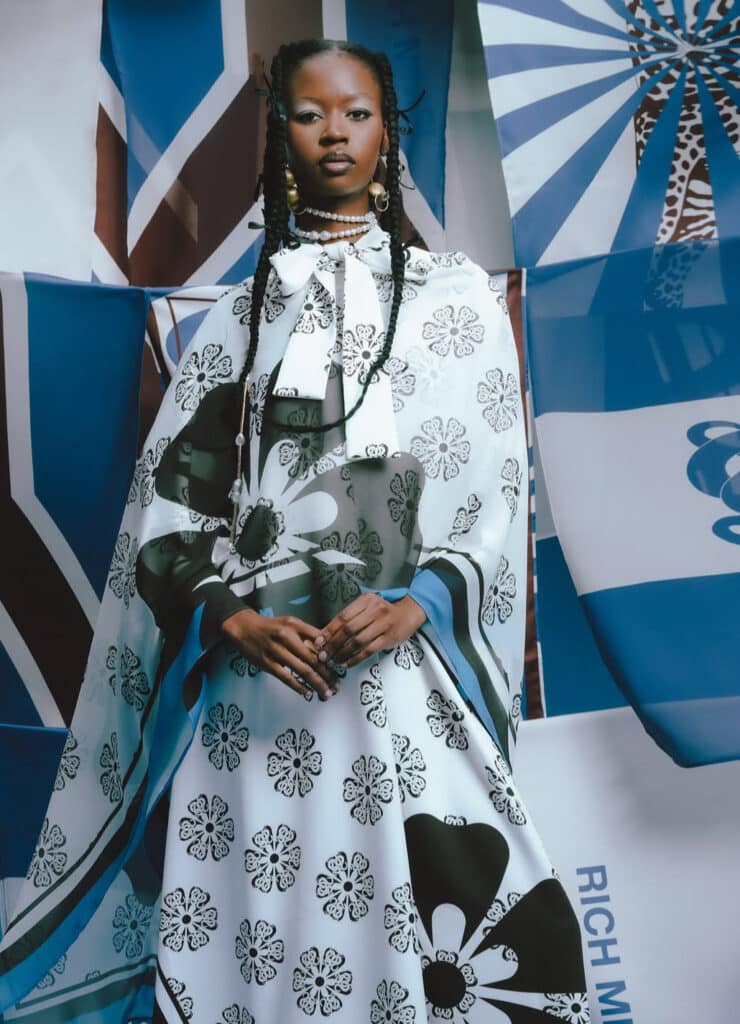
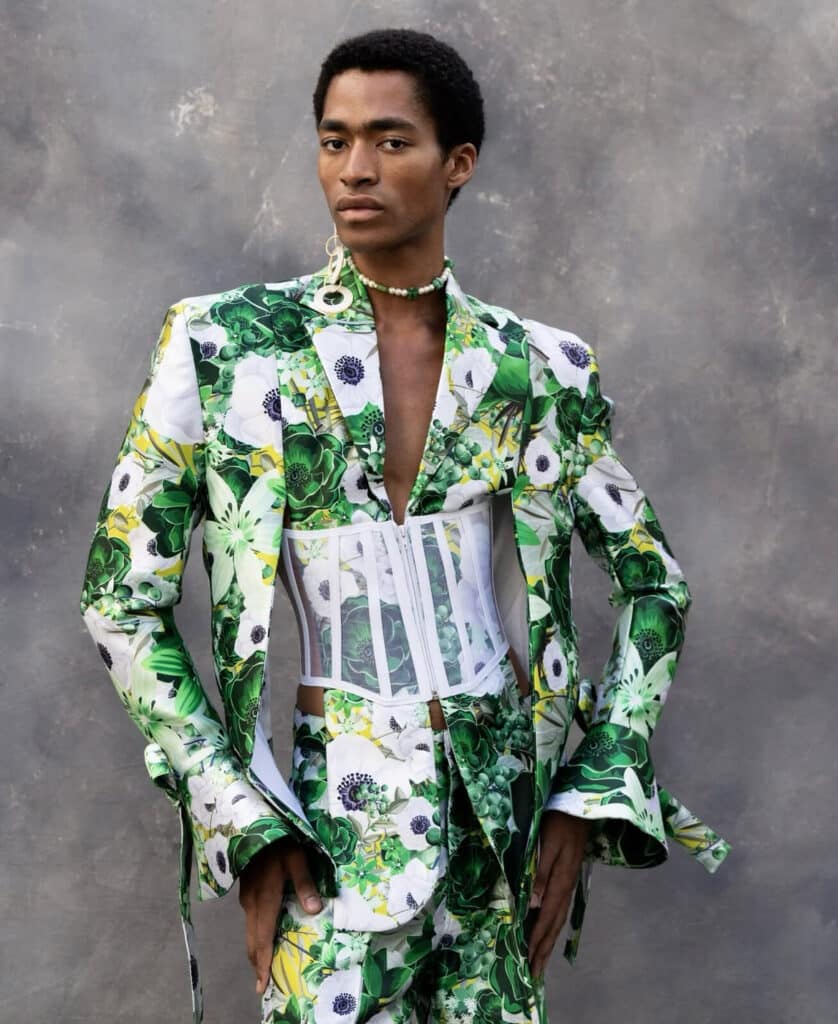
Rich Mnisi’s Nambu Collection; Image Source: Rich Mnisi
Then there’s Loza Maléombho, whose work feels like it exists in multiple dimensions, her designs are a collision of cultural reference points: futuristic tribalism meets Victorian tailoring meets Afropunk. Her silhouettes are structured, almost architectural, turning each piece into a wearable artifact.

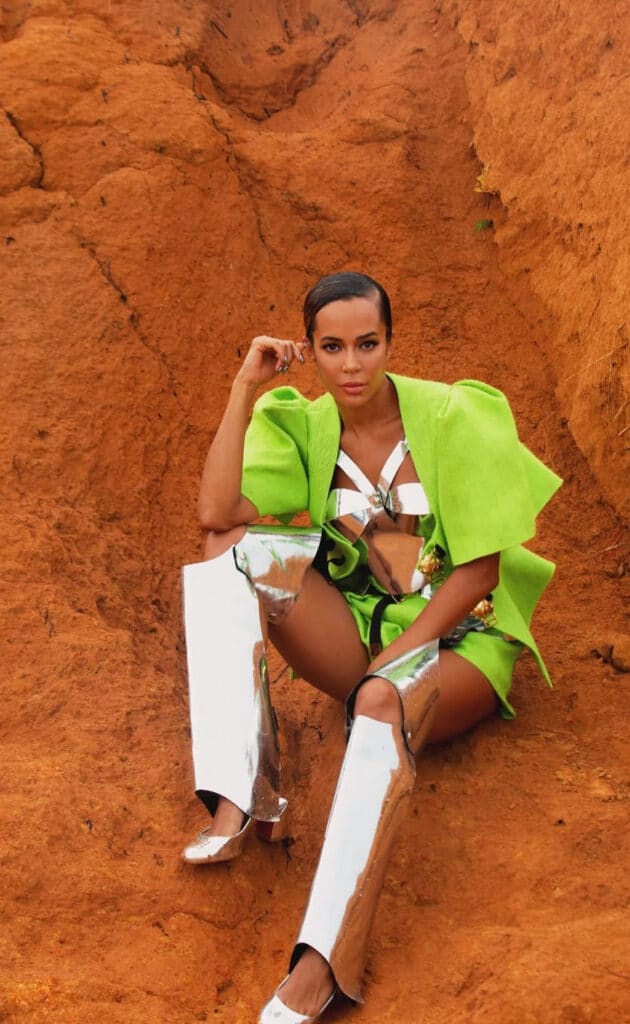
Loza Maleombo’s Futuristic Designs; Image Source: Loza Maleombo
What I find so compelling about these designers is that they’re not trying to fit into the global fashion narrative, they’re shaping their own. And sculptural fashion gives them the language to do it. The exaggeration, the tension, the drama, it’s all part of a deeper storytelling about identity, resistance, and self-determination.
Afrofuturism, at its core, asks us to imagine: What does Black freedom look like in the future? What would we wear in that world? For many of these designers, the answer lies in bold silhouettes and unexpected structures. There’s a defiance in it. A refusal to be small, quiet, or easily categorized.
It’s also no coincidence that this movement is thriving at a time when African creatives are gaining more visibility on global stages. From Lagos to Johannesburg, Abidjan to Accra, fashion weeks are no longer just about showing collections, they’re about showing perspectives. And Afrofuturism, with its blend of tradition, innovation, and speculative design, is helping African fashion say something new.
But this isn’t just about aesthetics. It’s about power. When a designer sculpts fabric into a new form, especially from a continent that has often been looked at through a colonial or exotic lens, they’re reclaiming space. They’re saying: We are not your past. We are your future.
What's Your Reaction?

Felix Adu is a fashion writer, PR expert, brand strategist, and product marketer with a deep commitment to elevating African fashion and underrepresented brands on the global stage. With extensive experience in public relations, brand storytelling, and cross-industry collaborations, Felix has secured high-impact media placements for both emerging and established labels in publications such as Glamour, Guzangs, Uncuxx, Elle, and more. As the founder of Felix Flecz, he leads innovative initiatives that bridge fashion, art, and technology—helping brands carve out a global presence with authenticity and creative edge. His expertise spans large-scale campaign direction, fashion week production, and strategic consulting for brands aiming to expand into new markets and cultural territories.

